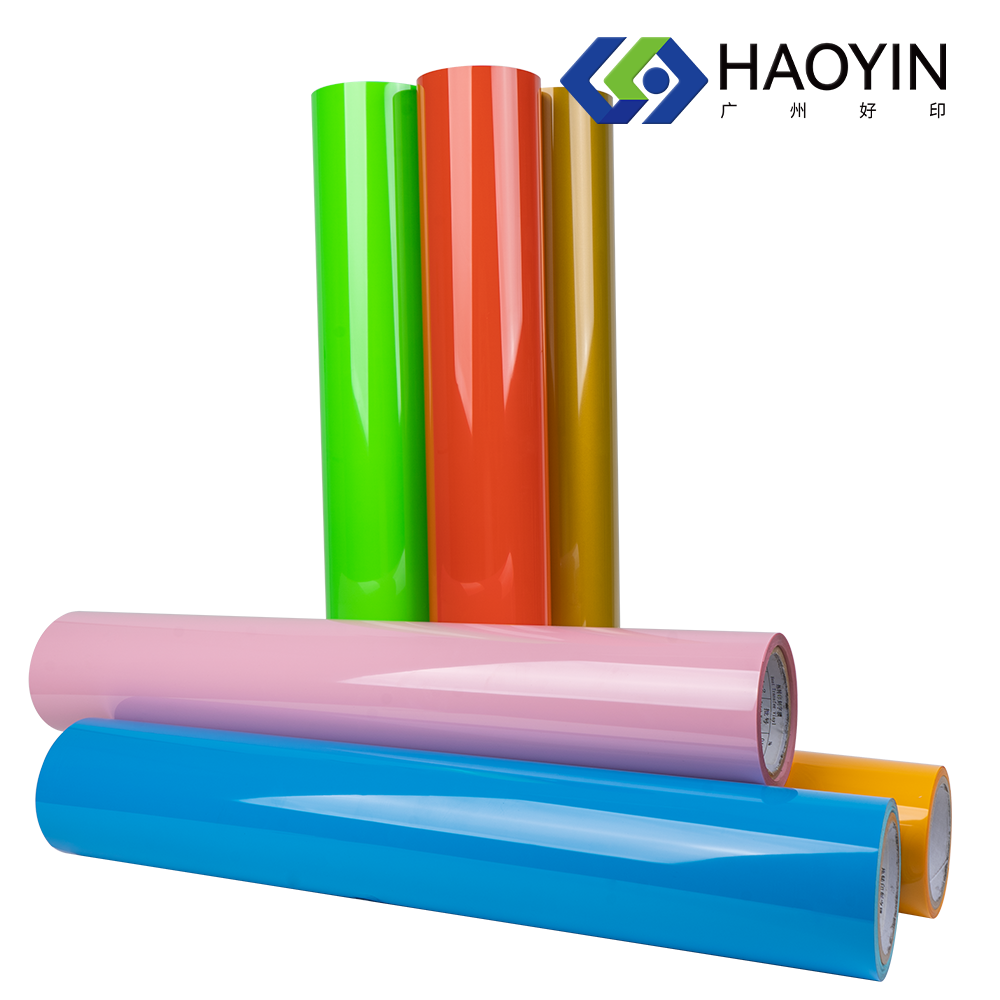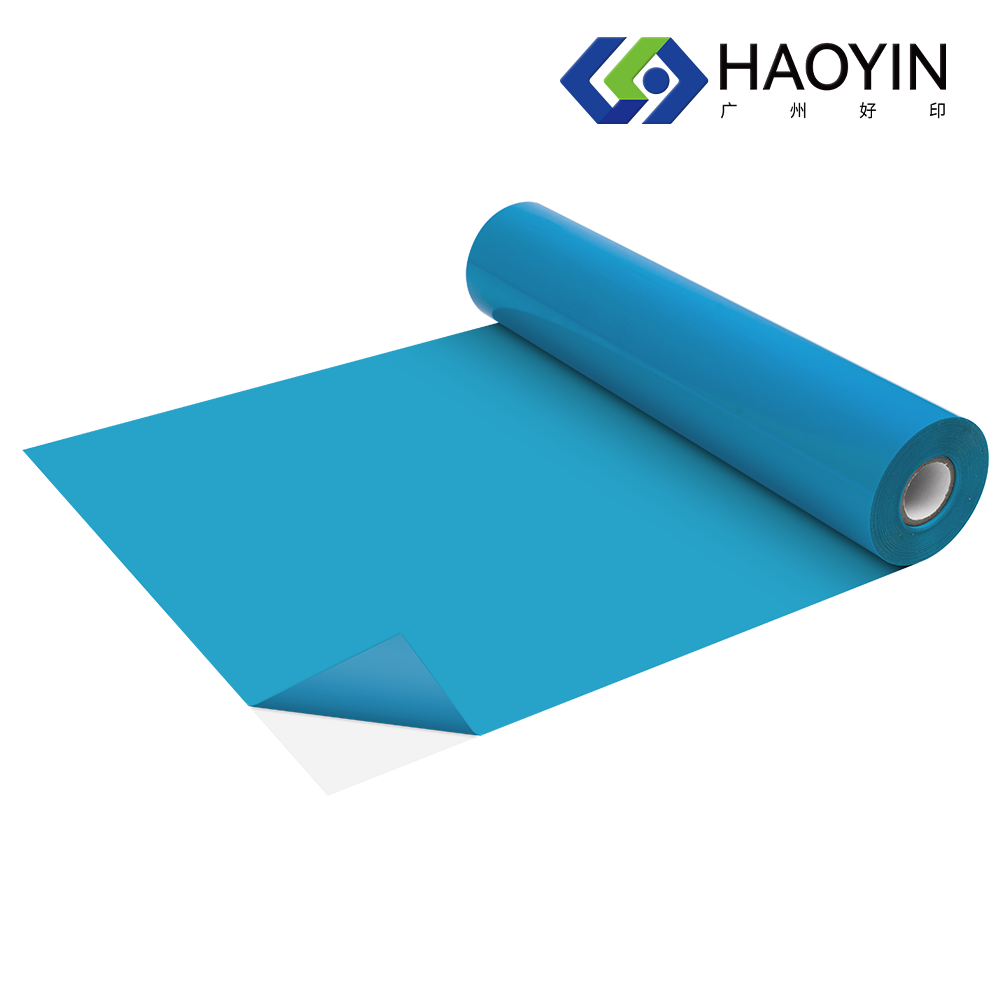When it comes to customizing fabrics, heat transfer vinyl (HTV) is a go-to option for crafters, businesses, and DIY enthusiasts. Among the many types available, PU heat transfer vinyl stands out for its unique blend of softness, versatility, and performance. But is it the right choice for your project? Whether you’re making personalized t-shirts, baby clothes, or branded merchandise, understanding the benefits and best uses of PU heat transfer vinyl can help you decide. Let’s explore why PU heat transfer vinyl is a top pick for many and how to determine if it’s the best fit for your needs.
What Makes PU Heat Transfer Vinyl Special?
PU heat transfer vinyl, short for polyurethane heat transfer vinyl, is a synthetic material designed to bond with fabric using heat and pressure. Unlike other HTV types (like PVC or silicone), it’s known for its soft, fabric-like feel and flexibility. Here’s what sets it apart:
- Ultra-soft texture: PU heat transfer vinyl is thin and lightweight, so it blends seamlessly with fabric. When applied, it feels like part of the material, not a stiff layer on top. This makes it ideal for clothing worn close to the skin, like t-shirts, onesies, or underwear.
- Flexibility and stretch: It has a slight stretch that moves with the fabric, reducing the risk of cracking or peeling during wear. This is a big advantage over stiffer vinyls that can break when the fabric bends.
- Easy to work with: PU heat transfer vinyl cuts cleanly with standard craft cutters (like Cricut or Silhouette), and “weeding” (removing excess vinyl around the design) is simple because it has a low-tack backing. Even beginners can achieve sharp, detailed results.
- Eco-friendly options: Many PU heat transfer vinyl products are free of harmful chemicals like phthalates, making them safer for kids’ items and better for the environment compared to some PVC alternatives.
Best Uses for PU Heat Transfer Vinyl
PU heat transfer vinyl isn’t a one-size-fits-all solution, but it excels in specific projects. Here are the scenarios where it shines:
1. Everyday Clothing
T-shirts, hoodies, sweatshirts, and casual wear benefit most from PU heat transfer vinyl. Its softness ensures comfort, even after multiple washes. Whether you’re making a custom gift for a friend or branding merchandise for a small business, PU heat transfer vinyl adds a professional touch without sacrificing wearability.
2. Kids’ and Baby Items
Parents prioritize soft, safe materials for children’s clothes, and PU heat transfer vinyl delivers. It’s gentle on sensitive skin, doesn’t irritate, and holds up well to the frequent washing kids’ clothes require. From personalized onesies to school uniforms, it’s a reliable choice.
3. Detailed Designs
Thanks to its thin, precise cutting ability, PU heat transfer vinyl is perfect for intricate designs. Small letters, fine lines, or complex patterns (like logos with tiny text) come out clean and sharp. This makes it great for customizing items where detail matters, such as team jerseys, event t-shirts, or promotional products.
4. Cotton and Polyester Blends
PU heat transfer vinyl bonds best with natural or blended fabrics like cotton, polyester, or cotton-poly mixes—the most common materials for everyday clothing. It adheres strongly to these fabrics and maintains its flexibility, ensuring the design lasts through regular use.
Limitations to Consider
While PU heat transfer vinyl is versatile, it’s not ideal for every project. Be aware of these drawbacks:
- Not for heavy stretch fabrics: It works with fabrics that have minor stretch (like cotton-poly blends) but can crack on highly elastic materials (like spandex or lycra). For activewear or leggings, silicone HTV is a better choice.
- Less durable than PVC or silicone: PU heat transfer vinyl lasts well for regular use (20–30 washes with proper care) but may fade or peel faster than thicker vinyls when exposed to harsh conditions (like frequent hot washes or heavy friction).
- Limited specialty finishes: While it comes in solid colors, matte, and glossy finishes, it’s not as widely available in glitter, metallic, or 3D textures as PVC vinyl.

Tips for Getting the Best Results with PU Heat Transfer Vinyl
To make the most of PU heat transfer vinyl, follow these simple tips:
- Check fabric compatibility: Stick to cotton, polyester, or blends. Avoid very thick fabrics (like canvas) or highly stretchy ones.
- Use the right heat settings: Most PU heat transfer vinyl requires 300–320°F (149–160°C) and 10–15 seconds of pressure. Too much heat can melt the vinyl; too little can cause poor adhesion.
- Wash carefully: Turn items inside out, use cold water, and avoid bleach or fabric softeners. Air-drying or using a low-heat dryer setting extends the life of the design.
- Test first: Always do a small test cut and application on scrap fabric to adjust settings before tackling your main project.
Why PU Heat Transfer Vinyl Might Be Your Best Choice
For many crafters and businesses, PU heat transfer vinyl strikes the perfect balance between quality, comfort, and ease of use. It’s affordable, beginner-friendly, and produces professional-looking results on the most common fabrics. If your project involves everyday clothing, kids’ items, or detailed designs, it’s hard to go wrong with PU heat transfer vinyl.
FAQ
Is PU heat transfer vinyl better than PVC?
It depends on the project. PU heat transfer vinyl is softer and better for clothing, while PVC is more durable and suited for heavy-use items like bags or jackets.
How long does PU heat transfer vinyl last?
With proper care (cold washes, gentle cycles), it typically lasts 20–30 washes. Frequent hot washes can shorten its lifespan.
Can PU heat transfer vinyl be used on polyester?
Yes, it bonds well with polyester and cotton-poly blends, which are common in t-shirts and hoodies.
Is PU heat transfer vinyl safe for babies?
Yes, many PU heat transfer vinyl products are phthalate-free and soft, making them safe for baby clothes and sensitive skin.
Can I layer PU heat transfer vinyl for multi-color designs?
Yes, its thin texture allows layering without adding bulk. Just apply each layer separately, following heat settings for each.
Does PU heat transfer vinyl require a special cutter?
No, it works with standard craft cutters (Cricut, Silhouette) and even sharp scissors for simple designs.
Is PU heat transfer vinyl waterproof?
It’s water-resistant but not fully waterproof. It holds up to regular washing but may not withstand prolonged exposure to water (like swimwear).




